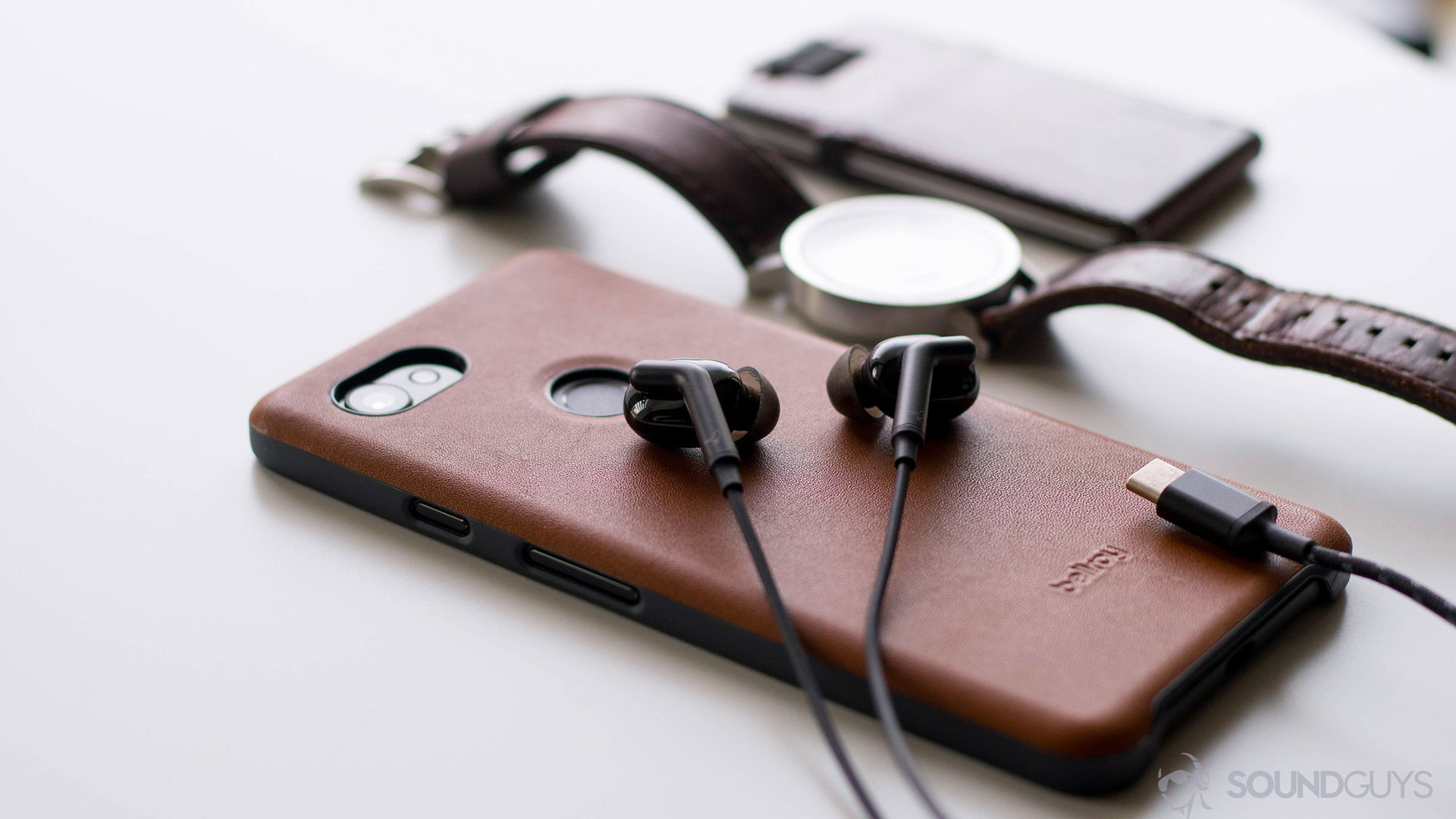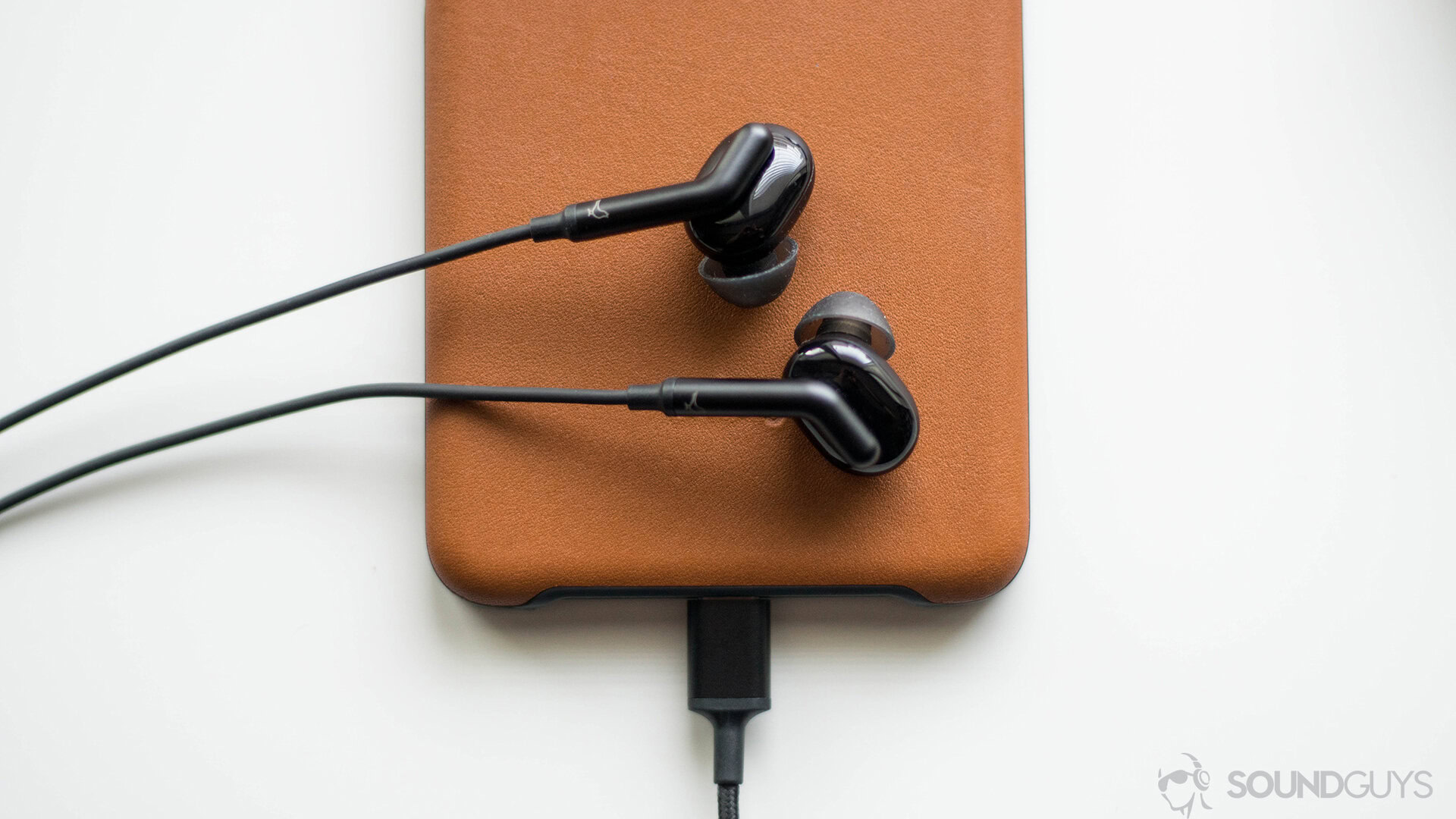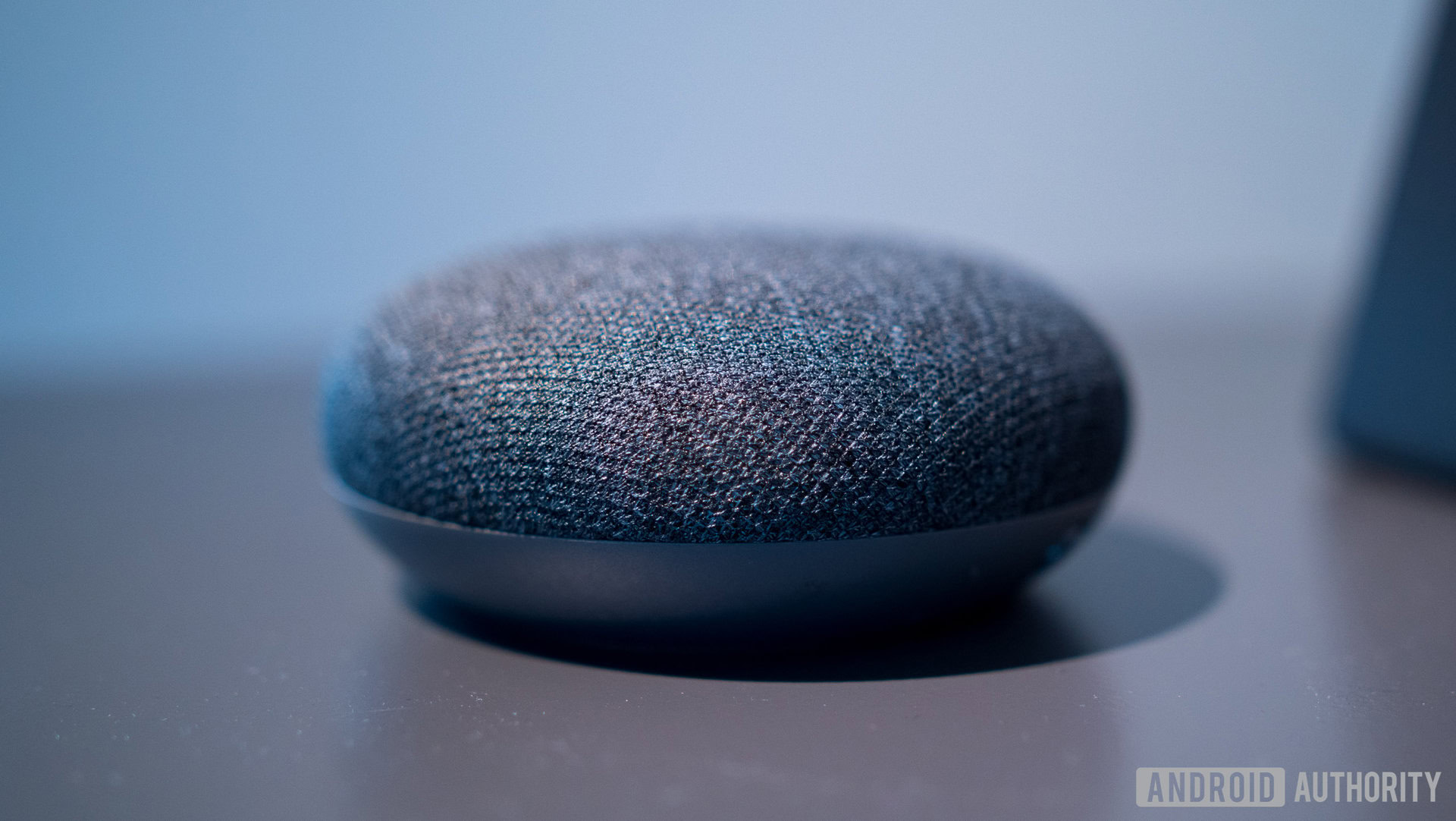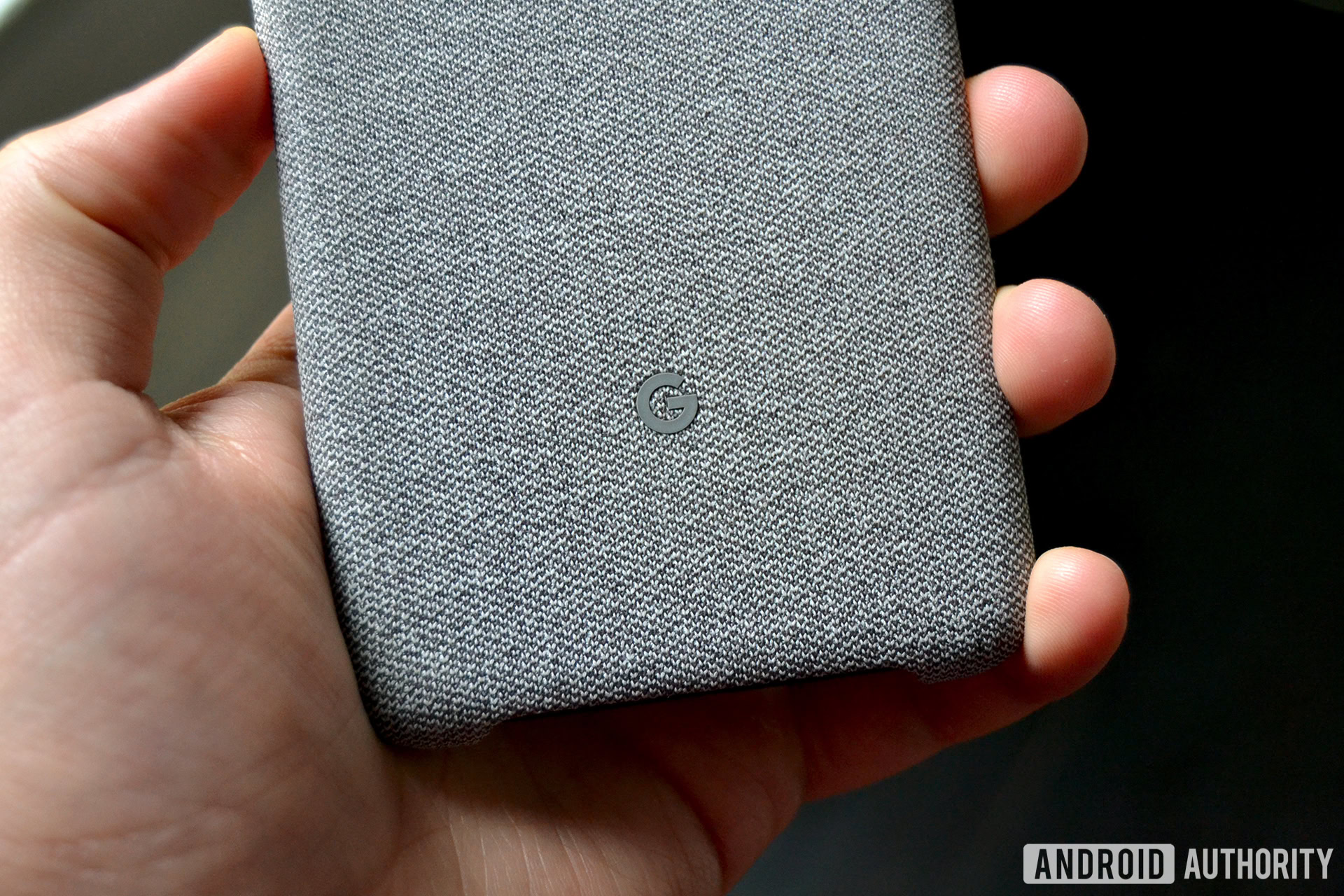Affiliate links on Android Authority may earn us a commission. Learn more.
No more low-quality accessories: an interview with Made for Google's Blade Olson
Published onNovember 21, 2017

You just bought a brand new Pixel 2 and decided to purchase a few extra USB Type-C cables and a case to go along with it. All of your new accessories were pretty cheap on Amazon, so you decided to give them a shot. Unfortunately the case you received isn’t compatible with the Pixel 2’s new Active Edge feature, and the USB Type-C cables cause your phone to overheat more than it should.
This is why the Made for Google program exists.
To give users the best experience possible, Google has partnered with some of the most well-known accessory makers in the business to let users know which products will work best with their new Google devices.
The Made for Google program launched in October 2017, initially with 25 partners. Of course, Google plans on growing this number exponentially over the next few years as more and more partners become interested in getting the Google stamp of approval.
We spoke to Blade Olson, head of the Made for Google program, about the certification process, what partners need to do to join the program, and more.
The following is a transcript of our conversation, which has been edited for clarity.
Q: A couple years ago, there was an influx of knockoff USB Type-C cables that weren’t safe to charge most devices. Although Google had Benson Leung to help with damage control, that wasn’t really a long-term solution. Did this push Google to create the Made For Google program to help get more high-quality accessories out there, or was this program in development before that? Also, is Benson Leung out of a job now that MFG is here?

Blade Olson: We did a small pilot of Made for Google in 2016 with a few partners for the Pixel 2016 launch. We saw a need for having an amazing ecosystem of accessories for Pixel and other Google hardware products. The program helped us to launch high quality products and have them available at launch of our own Google device. This ultimately is about collaborating with partners to create a great experience for our customers.
Benson is still involved and is the expert on USB-C. Benson and many other engineers at Google are creating the specifications of and testing Made for Google products.
Q: Does Google ask potential accessory partners to participate in the program? Or is it the other way around?
A: Currently, we are focused on brands that have products sold where we sell Pixel and our other devices. For the most part , these are highly popular and recognizable brands. However, we are also always looking for interesting brands to partner with. One of our partners, Bellroy from Australia, is making beautiful leather cases for Pixel. Libratone from Denmark brought some great USB-C noise cancel earbuds and Bluetooth earphones using our new Fast Pair technology to reduce the pains of pairing. These are just a couple examples of the kinds of products folks can expect to see coming from Made for Google. We have started a website for developers to connect with us if they are interested in producing products under our program. We are focused on companies developing experience-centric brands who are open to innovating and want to bring the best of Google to their customers.
Q: Does Google provide any guarantees of Made For Google products?
A: Use of Google’s “made for” badge means that a product has been designed by one of our partners for use with a given Google product and has been certified to meet Google’s compatibility standards. Google is not responsible for the operation of this product or its compliance with any applicable safety or other requirements.

Q: Apple created its MFI program with the debut of the Lightning Cable… they wanted to make sure all third-party cables had a certain level of quality, especially because the technology was new back in 2012. But Google doesn’t have many proprietary technologies that it needs to worry about. So is the Made For Google stamp of approval (for Type-C cables, for instance) valid for most phones with a USB Type-C connector? Or is Google saying that they’re only really “certified” for Pixel phones?
A: Made for Google products represent the best offerings available for our users. Many products are made specifically for Google hardware products such as the Pixel 2 and carry a “Made for Google Pixel 2” mark. Products such as USB cables or Bluetooth headphones are certified to work with Google hardware but may be used on multiple products like Pixel and Pixelbook. Those products will carry a “Made for Google”mark. We are getting behind open standards like USB-C as well as driving Android specific technologies like Fast Pair which we believe will benefit the whole Android ecosystem with accessories produced with the best that Google has to offer.
Q: How many Made For Google partners actually have to make changes to their products in order to be a partner? Can you give any examples of the types of changes companies have had to Make?
A: It is collaborative process. The Made for Google partners are some of the best accessories brands available. They bring a ton of innovation to the table in their areas of expertise. Our job here at the Made for Google team is to advise and help ensure the best possible compatibility with our devices. Sometimes that means tweaking the shape buttons on cases to make them easier to press, or working closely with partners to ensure their products are not introducing electrical noise, or any off-spec implementations of key technologies. Ultimately it is about collaborating to produce an awesome user experience.

Q: Is there a reason the program is called Made For Google, not Made For Pixel? Does this mean there are plans for MFG products for Home/Pixelbook/Clips?
Made for Google is for all of Google's hardware products.
A: Yes, Made for Google is for all of our hardware products. We actually have some great USB-C adapters for Pixelbook from Moshi and a stunning high quality canvas sleeve from Bellroy. We also produced a fantastic set of docking products with Moshi to allow users to connect their Pixelbook to a larger display, ethernet, keyboard, and mouse. We will have ecosystem needs across Google devices, Made for Google will bring the best of those partner experiences.
Q: Are there any instances where an accessory partner could have a Made For Google product, and a similar product that’s not MFG certified? For instance, can Incipio make one Pixel 2 case that’s certified and one that’s not?
A: Our partners have diverse portfolios of products. Some are made for other devices and that is great. We want healthy successful partners. As these are close collaborations, we want to work with the most dedicated brands to help build up the Google ecosystem with us. We want our partners to offer a diverse set of choices representing the very best of what they have to offer. We really are putting our efforts behind the products that carry the Made for Google logo on the packaging. We have verified these products which we believe helps our customers to find the right accessories without fuss.

Q: Is the goal of the Made For Google program to ensure consumers automatically know that an accessory will work with their device, or is it about ensuring that these accessories are high-quality products?
A: It is really about both. When a customer is looking for companion products to go with their new Pixel 2 or Pixelbook, we want them to feel assured that if the product is a Made for Google product, it is compatible with their device as well high quality. That said, Made for Google is not just about high-end products. It is intended to bring “best of class” options to customers. Made for Google is peace of mind. All of our partners have great customer service and warranties which is as important as just making a nice product. Made for Google products are from brands that care about their customers and have infrastructures in place to support their users too.
Made for Google is not just about the high-end products... it is intended to bring “best of class” options to customers.
Q: Has Google considered what changes need to be made in the future as new standards get introduced in new devices? For instance, if the Pixel 3 debuts with a feature or specification that wasn’t available in earlier hardware, how would the program handle this?
A: Made for Google is here to support Google hardware devices with the best accessories available. With the launch of the Pixel 2, we introduced fast pair as well as Active Edge. All of the cases in Made for Google were designed to ensure Active Edge works as intended. It is fair to say that you can expect to see more support for innovations coming out of Made for Google.
Have you purchased any Made for Google accessories for your Google products? Which ones?